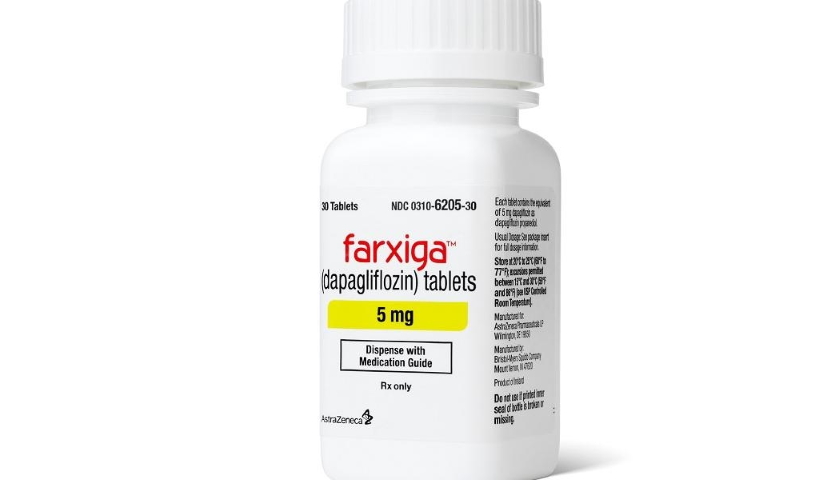AZ bites back at rivals with new Farxiga data in heart failure

AstraZeneca's SGLT2 inhibitor Farxiga has hit the mark in a phase 3 heart failure trial that brings it back into contention with its main rival Jardiance from Boehringer Ingelheim and Eli Lilly.
Top-line results from the DELIVER trial showed that Farxiga (dapagliflozin) was able to reduce the risk of cardiovascular deaths or worsening heart failure in patients who have heart failure with preserved ejection fraction (HFpEF), setting up filings for the new indication in the coming months.
Farxiga was the first drug in the class to be approved to treat heart failure with reduced ejection fraction (HFrEF), which is characterised by a reduced level of blood leaving the heart when it beats, based on the results of the DAPA-HF study.
That indication has helped drive quarterly sales of the drug above the $1 billion threshold, but its growth has been threatened by approvals of Jardiance (empagliflozin) for both HFrEF and HFpEF in recent months, making it an option for all heart failure patients.
The DELIVER results mean AZ is on track to get back on a level footing with its SGLT2 drug in heart failure, building on earlier clinical results with the drug in HFpEF in the phase 2 PRESERVED-HF trial.
HFpEF – a firm where the output of the blood from the heart is normal or only mildly reduced – affects around half of all patients with heart failure and is notoriously hard-to-treat, associated with high hospitalisation rates, poor quality of life and increased mortality.
Jardiance has been approved for HFpEF on the strength of the EMPEROR-Preserved trial, which showed the drug reduced the risk of cardiovascular death or hospitalisation for heart failure in adults with HFpEF by around 21% when added to standard therapy.
AZ said it plans to report the full DELIVER trial results at a medical meeting sometime later this year.
Both Jardiance and Farxiga are already used to treat people with diabetes, and their developers have been steadily adding additional indications to their labels.
Novartis' Entresto (sacubitril/valsartan) has meanwhile also been approved in the US for both HFrEF and HFpEF, but so far has not had its labelling extended beyond HFrEF in the EU.
Overall, the data for Entresto in HFpEF looks weaker than for Jardiance, although with different mechanisms of action there is potential for combination use.
AZ has first mover advantage in chronic kidney disease (CKD) – another potentially lucrative market for SGLT2 drugs – having secured approval for Farxiga in that indication. Boehringer and Lilly on the other hand have just reported a first-in-class win for Jardiance in acute heart failure (AHF).













